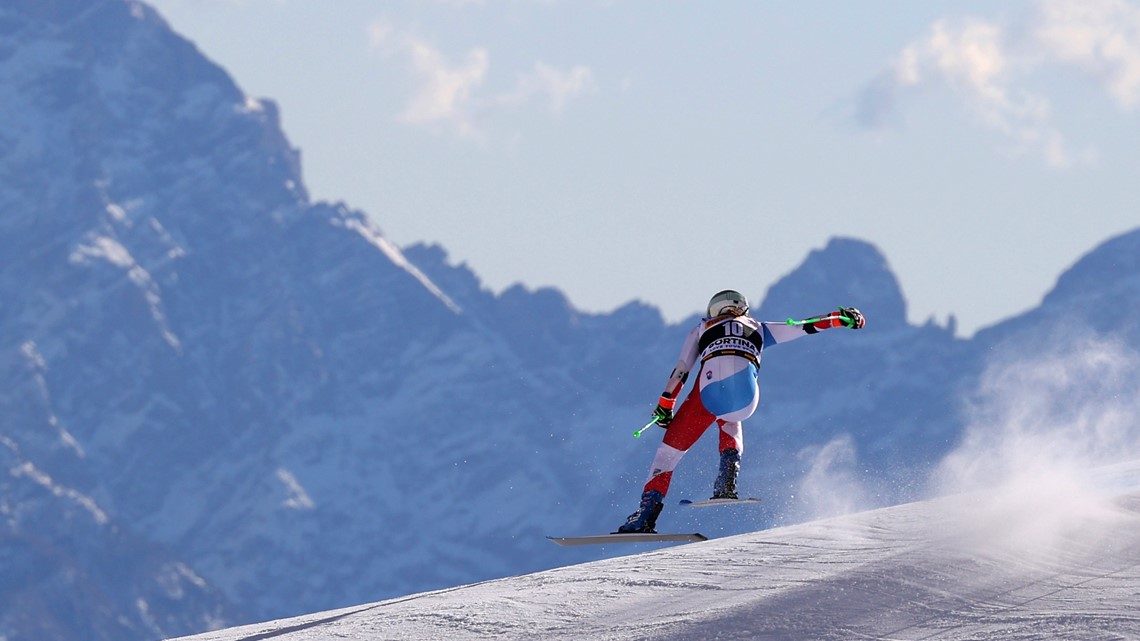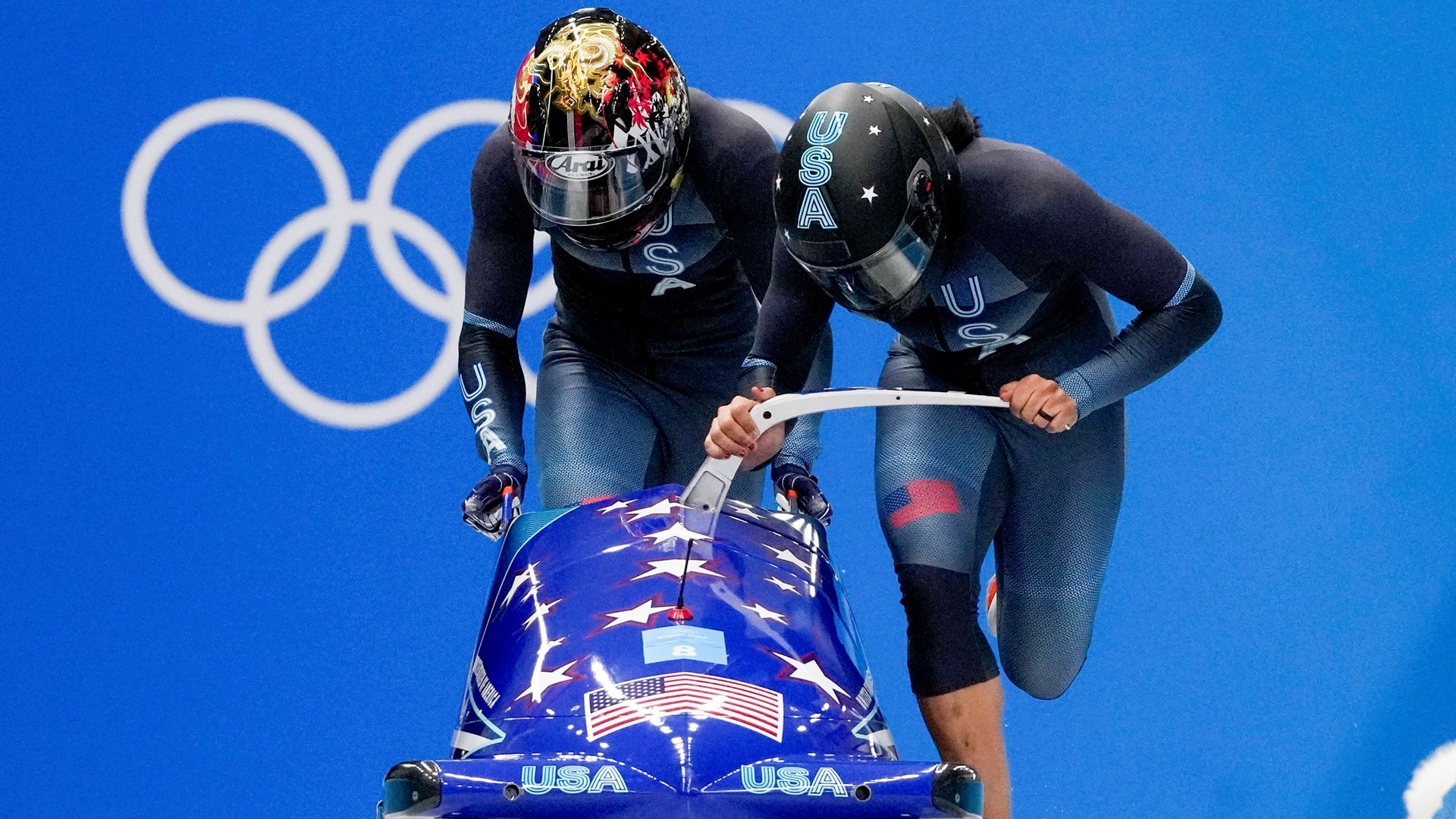The Beijing Winter Olympics will end early Sunday morning when the Olympic flame is extinguished and the world says farewell. But before that, a question was already trending on Google Saturday night: where will the next one be held?
The hosts are determined years in advance. And after the last three Olympics -- Winter and Summer combined -- have been held in East Asia, the Games are heading back to Europe.
Paris will host the 2024 Summer Olympics followed 18 months later by the Winter Games in Milan and Cortina, Italy -- officially dubbed Milano-Cortina -- starting on Feb. 6, 2026.
When did the Olympics move to every two years?
From 1924 through 1992, the Winter and Summer Olympics were the same year. The '92 Winter Games were celebrated in Albertville, France, followed by the Summer Games in Barcelona.
Then change came.
Since 1994, an Olympics has been held every two years. The '94 Winter Olympics took place in Lillehammer, Norway, followed by the Summer Games in 1996 in Atlanta. Nagano, Japan, was next in 1998 with the Winter Games.
That pattern was broken by the postponement of the 2020 Tokyo Summer Games until 2021 because of the coronavirus pandemic. Six months later, the Beijing Winter Games began.
Why were the Olympics moved to every two years?
Olympic historian Bill Mallon suggests the International Olympic Committee was looking for more revenue. The IOC, he says, “thought they could get more sponsorship money by spreading the Games out more.”
Every two years also kept the Olympics in the public eye, and the move dovetailed with the increasing commercialization and professionalization of the Games. The trend was underlined when, for the first time, professional basketball players from the NBA — the American Dream Team — were the marquee stars in Barcelona.
Men's and women's Alpine skiing in 2026 will be at different locations
Several European skiers — including two prominent Italians — have reservations about how the Milan-Cortina Games are being organized.
The 2026 Games will be the most widespread Olympics ever, with venues spread out over nearly 10,000 square miles across a vast swath of northern Italy — from the regions of Lombardy and Veneto to the provinces of Trento and Bolzano.
“There will be no Olympic spirit,” three-time Olympic medalist Federica Brignone said this week after her bronze in giant slalom, before winning another bronze in Alpine combined.
“Everyone will be in their own area. It’s good to take advantage of the existing structures and not consume and build new venues; from an ecological standpoint it will be much better," Brignone added. "But in terms of Olympic atmosphere, I’m not sure how it will be but I don’t think it will be very nice.”


The 2026 organizers have heeded IOC president Thomas Bach’s reform plan, Agenda 2020, which allows for more flexible bids that take advantage of existing infrastructure — even if that means using venues far flung from the Games’ main city.
Hockey, figure skating and short track speedskating will be held in Milan in 2026; cross-country skiing, ski jumping and Nordic combined in Val di Fiemme; long-track speedskating in Baselga di Pine; snowboarding and freestyle in Livigno; biathlon in Anterselva; men’s skiing in Bormio; and women’s skiing, sliding and curling in Cortina d'Ampezzo.
The division of Alpine skiing between Bormio and Cortina will keep the men and women, respectively, divided by a five-hour car ride that includes a detour into Switzerland because the most direct route goes over mountain passes that are closed in winter.
“I don’t like that,” Norwegian skier Lucas Braathen said. “It’s so cool to have everyone be in one location. I’m here to make new foreign friends and to see all types of culture, and then they’re dividing us.”
Construction delays are also an issue. A century-old sliding track in Cortina needs to be completely rebuilt at a cost of nearly $60 million. Work hasn’t started yet, although the Veneto region presented a reconstruction plan for the track in December.
In Baselga, refurbishment work on the outdoor speedskating track, again, has not started.
Likewise, the more than $1 billion slated for road and railway improvements, plus other infrastructure, has not been put to use for the most part.
“We are way behind,” organizing committee president Giovanni Malago, who is also president of the Italian Olympic Committee, said in November.
A new mayor in Turin has shown interest in hosting speedskating at the existing indoor oval built for the 2006 Games — if Baselga doesn't work out.
After Milano Cortina, the Olympics return to the United States for the first time in 26 years as Los Angeles hosts the Summer Games. L.A. last hosted in 1984.
A host city for the 2030 Winter Olympics is yet to be determined, but Salt Lake City is reportedly in the running. It hosted the 2002 Winter Games.
Brisbane, Australia, will host the 2032 Summer Olympics.

